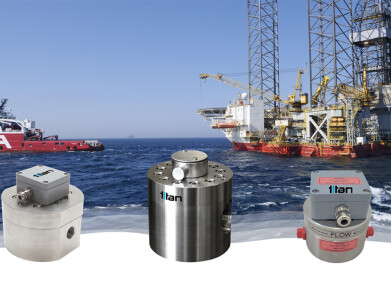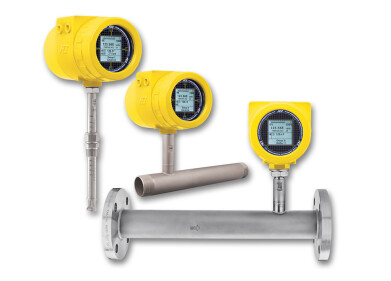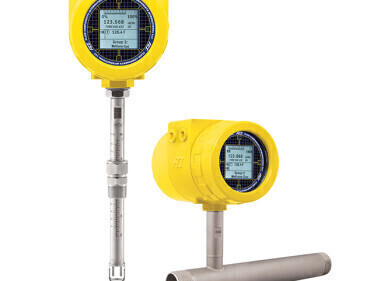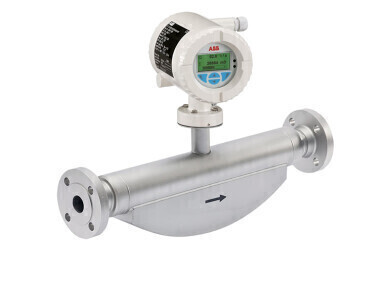Flow meter
Space-saving Flow Meter Gets Engineers out of Tight Spots in Offshore Applications
Aug 20 2008
The advanced V-Cone operates over a wide flow range of 10:1 with low headloss and supports line sizes from 0.5 to greater than 120 inches. Accuracy is +0.5%, with a repeatability of +0.1%. Petroleum production engineers can rely on the V-Cone Flow Meter for long life and low cost of ownership because it requires virtually no recalibration or maintenance over an exceptionally long life. Easy to locate and easy to install, the versatile V-Cone is ideal for new equipment designs, expansion projects or retrofits requiring new meters.
The space-saving V-Cone reduces flow meter straight pipe run requirements by up to 70 percent or more and needs only 0-3 straight pipe diameters upstream and 0-1 downstream to operate effectively. It fits in tight installations on Offshore Platforms, FSPO Vessels as well as in Sub-Sea Installations, while also reducing pipe material costs and installation labor costs automatically. Its space-saving design has been especially useful in accommodating compressors in such applications.
The V-Cone`s unique no-moving parts design provides built-in flow conditioning, which nearly eliminates the upstream/downstream straight pipe runs required by nearly all flow meter technologies. Typical flow meter installations may require 10 to more than 40 straight pipe diameters upstream from the meter and 5 or more straight pipe diameters downstream to eliminate the effects of swirl and other pipeline disturbances caused by valves or elbows that negatively affect measurement accuracy.
McCrometer`s versatile V-Cone Flow Meter is compatible with the demanding standards set by the oil/gas production, delivery and refining industry. The testing of the V-Cone Flow Meter now conforms to the American Petroleum Institute`s API 22.2 Testing Protocol for differential pressure flow measurement devices.
In comparison to traditional DP instruments such as orifice plates and venturi tubes, the V-Cone Flow Meter`s design is inherently more accurate because the flow conditioning function is built-into the basic instrument. The V-Cone conditions fluid flow to provide a stable flow profile that increases accuracy. It features a centrally-located cone inside a tube.
The cone interacts with the fluid flow and reshapes the velocity profile to create a lower pressure region immediately downstream.
The pressure difference, which is exhibited between the static line pressure and the low pressure created downstream of the cone, can be measured via two pressure sensing taps. One tap is placed slightly upstream of the cone and the other is located in the downstream face of the cone itself. The pressure difference can then be incorporated into a
derivation of the Bernoulli equation to determine the volumetric fluid flow rate. With additional instrumentation, the mass flow rate also may be obtained.
Digital Edition
PIN 26.1 Feb/Mar 2025
March 2025
Analytical Instrumentation - Elemental Analysis for Quality and Process Control at Refineries, for Lubricants and Wear Metals in Engine Oils - Synthetic Lubricants: New Developments - Scaling...
View all digital editions
Events
Apr 08 2025 Birmingham, UK
Apr 08 2025 Kielce, Poland
Apr 08 2025 Ravenna, Italy
Apr 08 2025 Southampton, UK
Apr 08 2025 London, UK



















